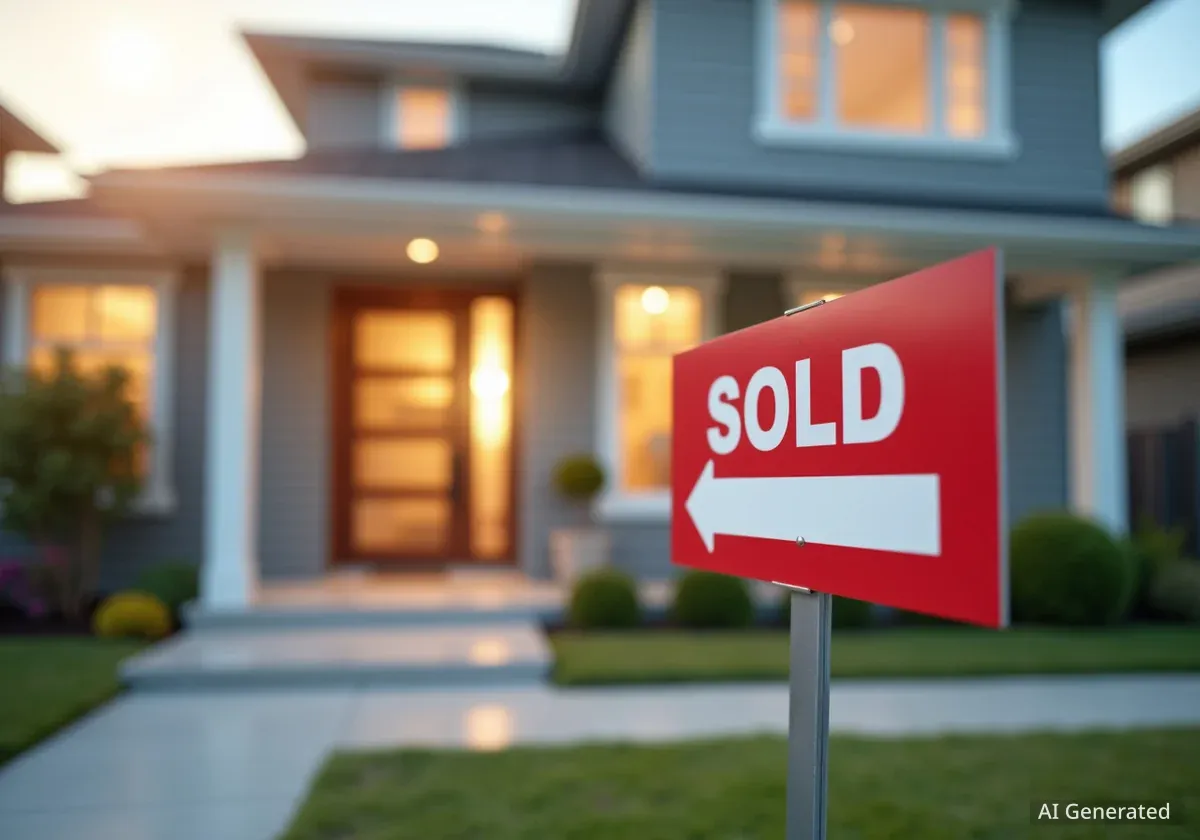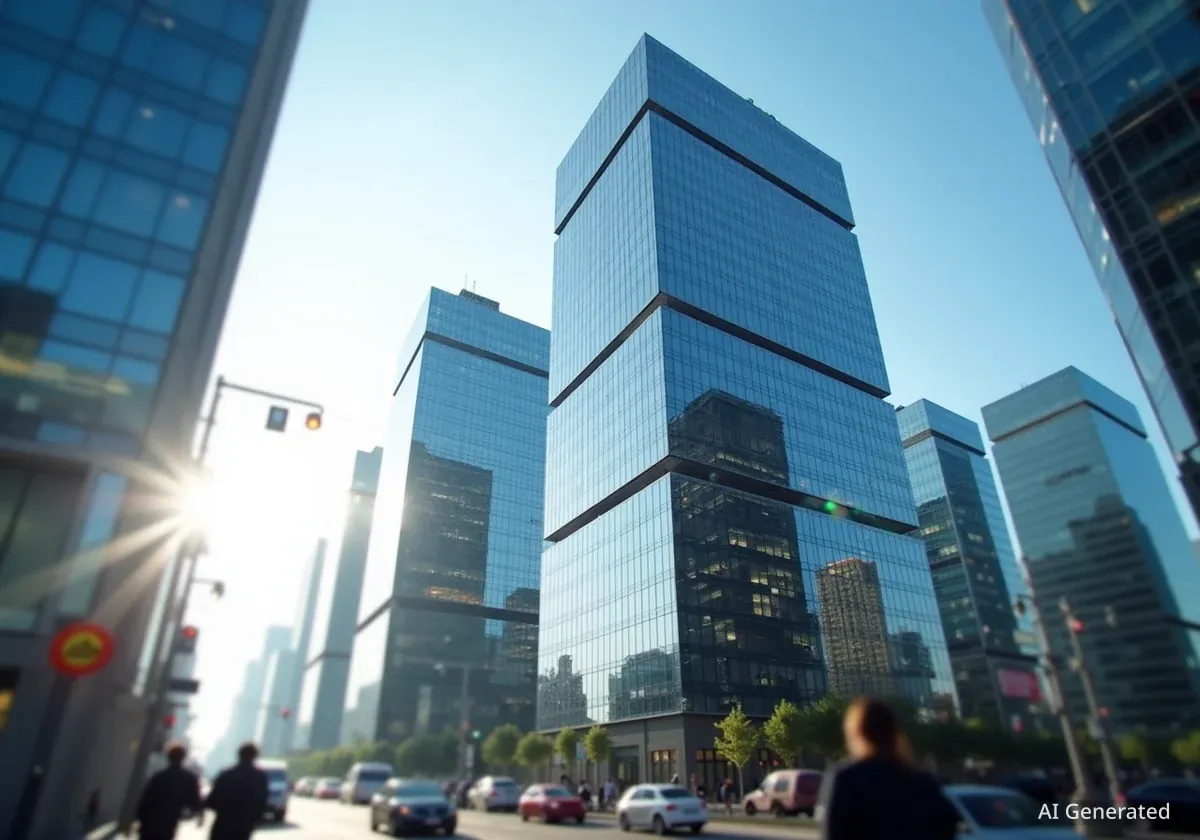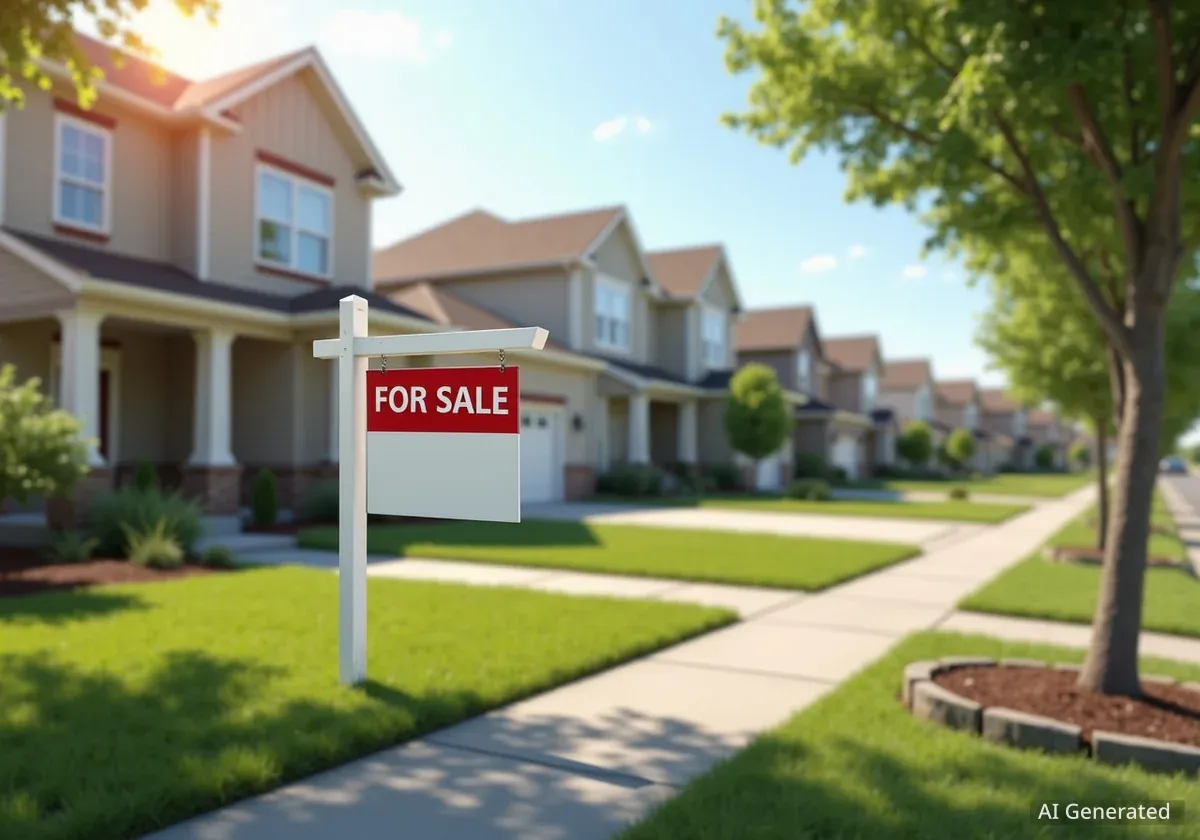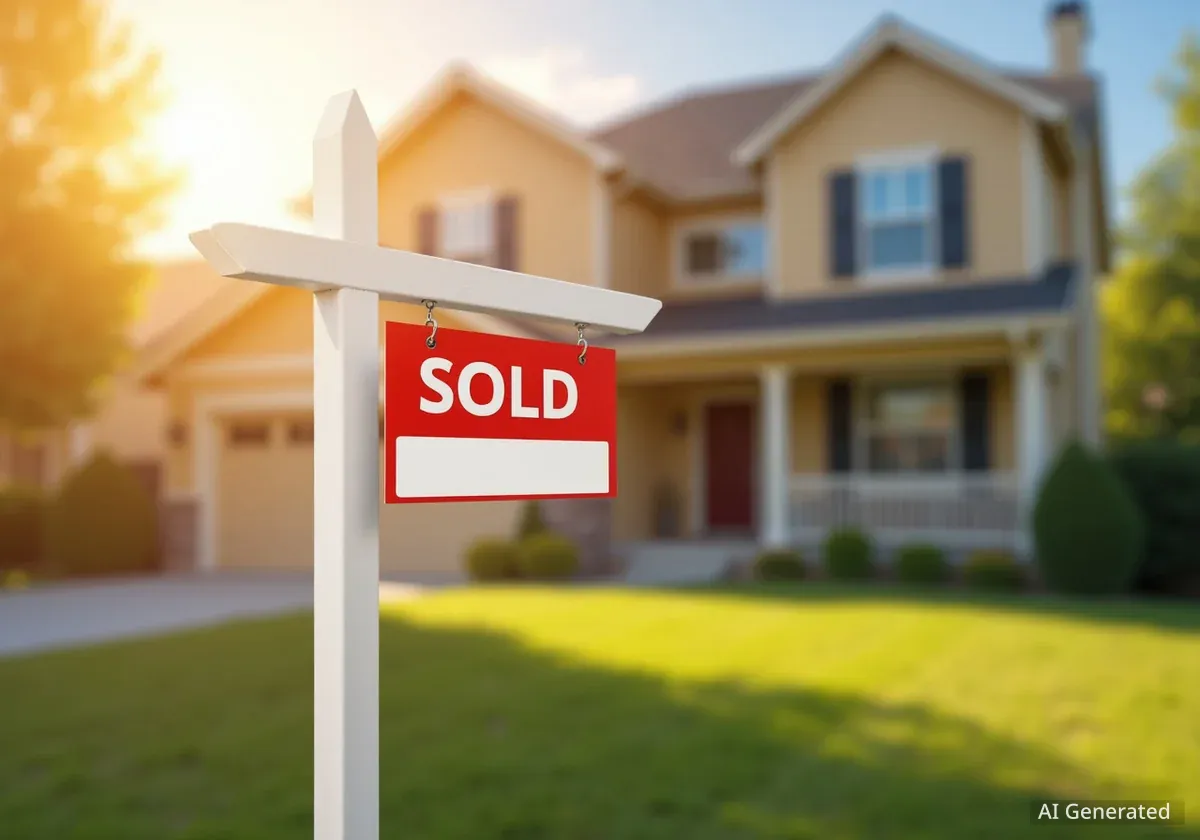Homeowners considering selling their property might find greater financial advantages by waiting until 2026. Experts in real estate suggest that a shift in market conditions, including potential drops in interest rates and an increase in buyer demand, could lead to higher sale prices and a more favorable selling environment. This recommendation comes despite a current market window in October 2025 that favors buyers with lower prices and more inventory.
Key Takeaways
- Waiting until 2026 could result in higher home sale prices.
- Lower mortgage rates are expected to increase buyer demand.
- Increased buyer competition may bring back bidding wars.
- Home values are projected to see moderate annual growth.
- Sellers gain time to make strategic home improvements.
Current Market Favors Buyers, Not Sellers
A recent Realtor.com report identified the week of October 12-18, 2025, as a prime time for home buyers. This period offers a rare combination of increased inventory, reduced prices, and less competition. The report highlights typical October trends, including approximately 5.5% price reductions and a 15.7% increase in listings. This creates more options for buyers. Furthermore, buyers face about 30.6% less competition and could save an estimated $15,000.
However, this buyer-centric market means sellers might not achieve the maximum price for their homes. Real estate agents advise homeowners to consider delaying their listing. The rationale centers on anticipated changes in housing market trends, future interest rates, and other influencing factors.
Market Snapshot
- October 2025: 5.5% average price reduction.
- October 2025: 15.7% more listings available.
- October 2025: 30.6% less buyer competition.
- Potential Buyer Savings: Up to $15,000.
Impact of Mortgage Rates on Selling Decisions
Andrew Fortune, a realtor and brokerage owner at Great Colorado Homes, discusses the 'lock-in effect' currently impacting many homeowners. This effect describes homeowners staying in their current homes due to significantly lower existing mortgage rates. Moving to a new home often means accepting a much higher interest rate on a new mortgage.
"A homeowner with a $400,000 mortgage would pay an extra $200 monthly moving from 3% to 6.5%," Fortune stated. "That’s $2,400 yearly in extra interest."
This financial calculation often leads homeowners to remain in their current properties. Waiting until 2026 could see mortgage rates decrease. This would reduce the financial burden of a new, higher rate on their next mortgage. Recent data indicates that over 80% of homeowners have mortgage rates below 6%. Many of Fortune's clients in Colorado Springs secured pandemic-era rates around 3%.
Interest Rate Outlook
Current mortgage rates are between 6.5% and 7%. Experts do not expect these rates to fall below 6% until late 2025 or 2026. A reduction in rates would make homes more affordable. This, in turn, increases buyer demand and home values.
Increased Buyer Competition and Home Value Growth
Jacob Naig, a licensed agent, real estate investor, and owner of We Buy Houses in Des Moines, suggests that a drop in interest rates will lead to more buyers. This increased demand could add 5%-10% to the final sale price of a home. More buyers in the market could also revive bidding wars. This gives sellers more leverage and options. Sellers might then avoid concessions and control the sale process more effectively.
Fortune also points to 2026 as a "sweet spot" for sellers. This is when rates are expected to drop enough to motivate buyers, but before the market becomes oversaturated with listings. Housing experts predict a moderate price growth of 2%-3% annually from 2026 to 2029. This means sellers will not miss significant appreciation by waiting.
The combination of more qualified buyers and higher demand directly supports an increase in home values. This could provide sellers with a better return on their investment by simply delaying their sale for a few months.
A More Balanced Market and Strategic Upgrades
Naig believes that new construction and investor activity will gradually balance the market. Redfin data shows that retail investors purchased approximately 52,000 homes in the second quarter of 2025. This marks the lowest level for that period since 2020 and represents a 6% overall decrease. The report attributes this decline to higher borrowing costs, increased housing prices, and general economic uncertainty. Conversely, a TD Economics report noted that new housing builds increased by 5.2% monthly in July.
These trends suggest that by 2026, the market equilibrium between buyers and sellers will improve. Sellers are likely to benefit from renewed buyer competition, especially for well-maintained or recently renovated homes.
Time for Home Improvements
Naig emphasizes the psychological aspect of buyers and the benefit of extra time for homeowners. Waiting until 2026 allows sellers to make strategic improvements to their homes. These can include a flooring overhaul, a roof refresh, or updated tiling. These are not just cosmetic changes; they can create a stronger appeal for buyers looking for move-in ready properties.
"By waiting until 2026, homeowners could time renovations with market resurgence and effectively get twice the value for each renovation dollar," Naig explained.
Investing in upgrades now can lead to a higher premium when the home is listed. Improvements based on local market trends, such as updating an older roof or changing a kitchen layout, can present the home as a finished product. This attracts more buyers and reduces the need for additional buyer investments post-purchase.





